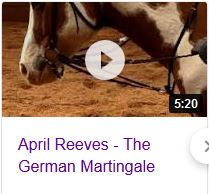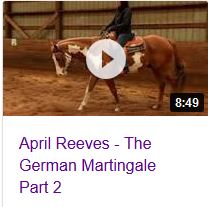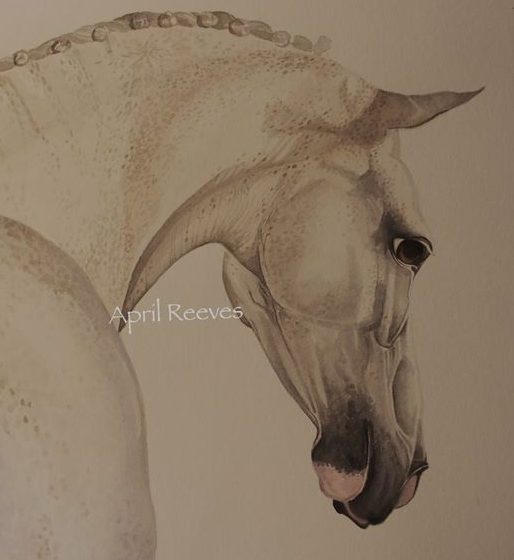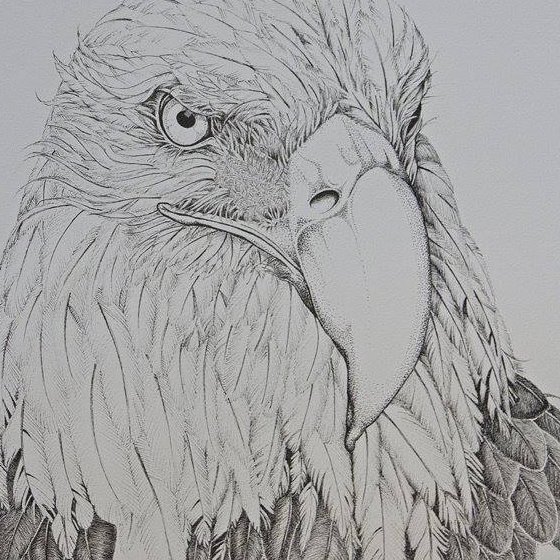Question: My horse tends to get very strong while we are jumping. I have a twisted D ring but I just feel as though i cannot stop him. Do you have any suggestions for a bit that is not too harsh, yet will help me slow him down? My trainer told me to look into a D ring with hooks but they are all very expensive.
Also, I read some other answers to similar questions like mine, and all the answers state that it is all the riders fault. I would just like you to know that I am a very good rider and I am never harsh on my horses. I just simply cannot find an appropriate bit, and am looking for suggestions. Your help is appreciated!! Thanks! Olivia
Answer from April Reeves: Hello Olivia. Thanks for asking me this question, as I will be honest and keep it real, but it may not be what you want to hear. I urge you to consider my answer, as it is the only way you will fix your problem.
My first suggestion: consider another coach and get the softest bit you can find. I kid you not, and this is why:
When a rider comes to me with a problem like your having over fences, it has nothing to do with bits and everything to do with lack of a good foundation on a horse (and rider). You won’t solve the problem with a harsher bit: it will only slow down the horse for a few days until that bit also becomes useless, as his mouth gets tougher and tougher and he gets stronger and stronger (ie: his brain). I’m not being mean: I’m just keeping it real.
Continue reading →

 Question:
Question:
 Question:
Question: Question:
Question:












